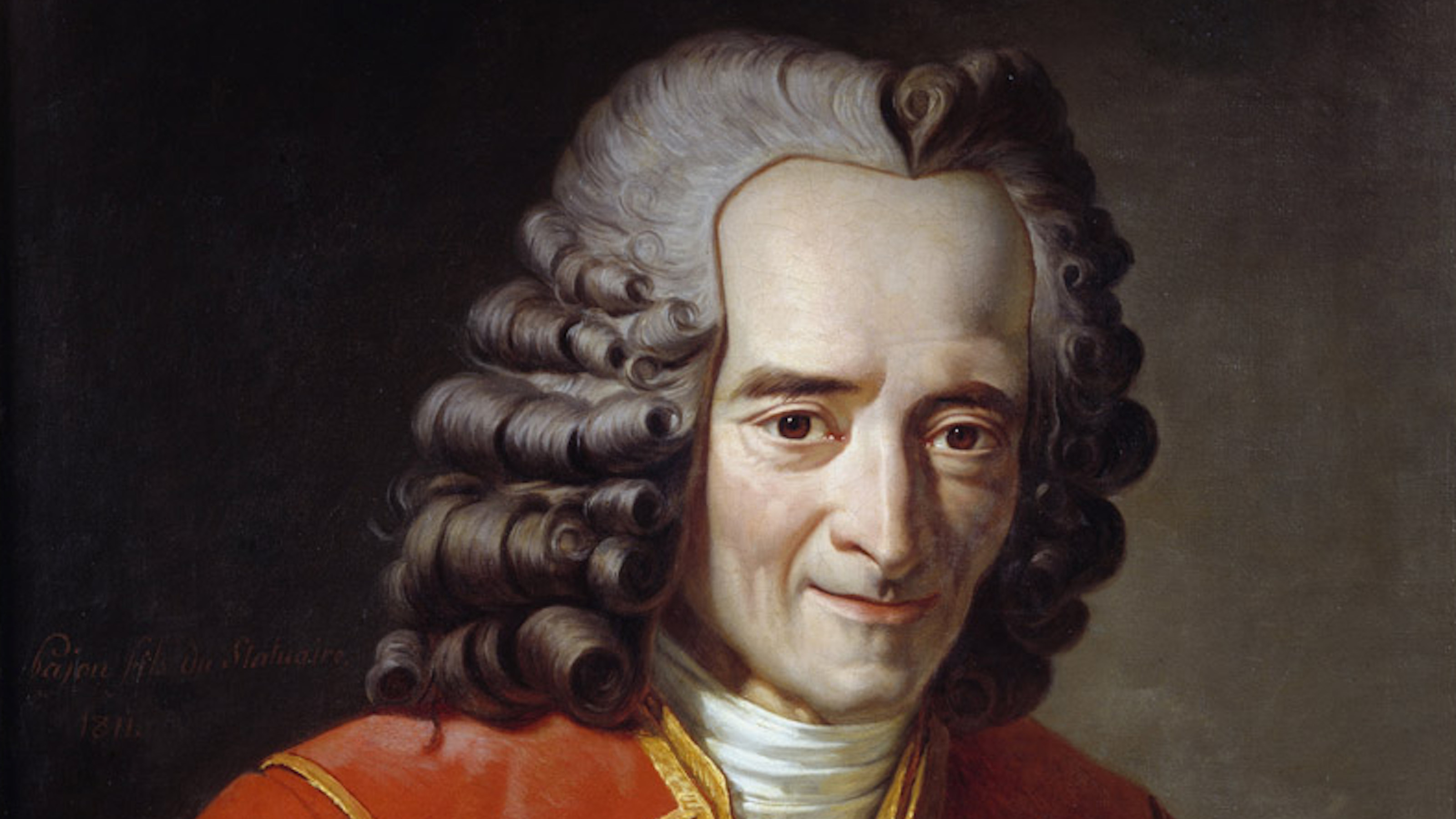Science and art are complementary disciplines. Nobel Prize-winning physicist Frank Wilczek explains how, together, they allow us to explore whether the world embodies beautiful ideas.
“What is the world?” That’s a question for science. “What is beauty?” That’s where art, philosophy, and culture come in. And for thousands of years we’ve been seeking out forms of harmony, symmetry, and perspective to help us understand it all, whatever “it all” ultimately means.
Frank Wilczek: People sometimes ask, "What does it all mean?" And that’s a very hard question to address because it’s not clear what an answer would look like. A question that I found much more fruitful, that I think one can address sensibly, is does the world embody beautiful ideas? That’s a question we can address on both sides — what is the world and what is beauty? What is the world, of course, is the kind of question that science addresses. What is beauty is something that art and philosophy and human culture addresses. And so we can look at the record of what people have found beautiful and what they were hoping for in their understanding of the world with what the remarkable understanding of the world we’ve achieved in recent years looks like. And we can therefore frame a meaningful discussion and a meaningful question, a meaningful meditation on the issue of does the world embody beautiful ideas.
Some of the things that people at the beginning of this adventure were hoping for and had in their visions was in Pythagoras, the idea that the world embodies harmonies. That he talked about a music of the spheres. Plato had a theory of atoms based on the so-called platonic solids, which are very symmetric objects. They were hoping that our sense of harmonies somehow agreed with what nature likes to use in her construction of the world. And more specifically with Plato and the platonic solids — the idea that ideas, that symmetry and mathematical perfection provide the building principles that the world embodies. Those themes, which Pythagoras and Plato articulated very well in the early days, have inspired people for centuries prior to the modern times when we found that nature does, in fact, use those ideas.
Visual imagery is very important to our understanding of the world because humans are intensely visual creatures depending on how you do the accounting. Between 20 and 50 percent of our brain is devoted to processing visual information and we have some very impressive capabilities in that direction. We face in interpreting the world a very challenging problem that we’re good at solving. We’re so good at it that we don’t consciously realize how difficult it is. That’s the problem of taking the electromagnetic radiation, the light that impinges on our retina, giving a two-dimensional image that’s all scrambled and interpreting that as a world of three-dimensional objects moving around in three-dimensional space. That’s a very difficult, in fact, impossible mathematical problem, but we have many sophisticated tricks and rules of thumb plus a systematic, although unconscious knowledge of projected geometry so that we can recognize the same thing seen from different positions represents the same object. These were, when they were made conscious as geometric theorems and discoveries, astonishing achievements that when [Filippo] Brunelleschi discovered the science of perspective in 1420 help kick off the glorious episode of the Italian Renaissance and has been a foundation of art ever since.






